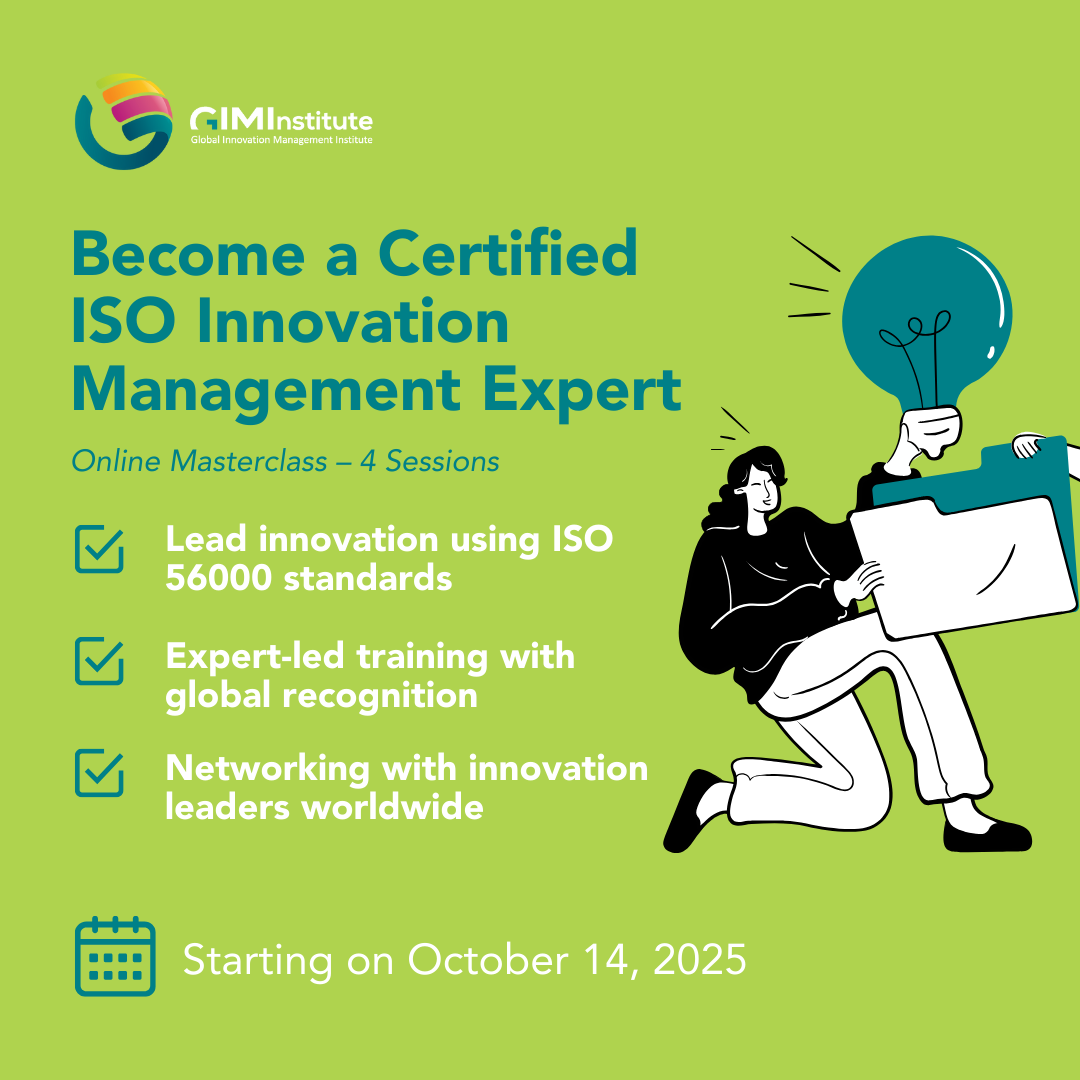The Road To Innovation In The Middle East
How innovation pioneers such as 3M, Ericsson and DAFZA are navigating internal barriers to drive innovation in the Middle East
By: Carlos Guevara and Dr. Hitendra Patel, with special collaboration of Dr. Saeed Al Dhaheri, Sudarshan Chakravarthi, Lisa Nyman, and Anthony Denatale
About This Paper
The 30th of November 2014, Sheikh Mohammed bin Rashid, Prime Minister of UAE and Ruler of Dubai, led Cabinet in a special meeting at a historic fort in the emirate of Fujairah. Under the directions of Sheikh Khalifa, the President of UAE, the Cabinet approved the designation of 2015 as the Year of Innovation.
During the last 2 years we have been collaborating closely with government and private organisations that aim to harness innovation. But has there been any progress? This article analyses the achievements, challenges, and lessons learned from organisation in the Middle East trying to master the art of innovation.
Mastering The Innovation Process
Before we talk about the state of innovation in the region we must first clarify how innovation works. There are 5 stages in the innovation process:
1. Setup
This is the step in which the management team must decide on where and where not to innovate, define growth targets, and strategic thrusts for breakthrough innovations.
2. Diverge
This is the step in which organisations typically brainstorm over a problem. Some organisations do this using internal ideas only, while others decide to crowdsource ideas beyond their organisational boundaries. During the ‘diverge stage’ organisations determine the trends that could impact their businesses and identify insights and idea fragments across the company, competitors, partners and the future.
3. Connect
The connect stage is one of the most forgotten steps in innovation management, yet one of the most important. At this point the company should provide spaces for ideas to mingle and connect with each other. A powerful marketing idea is useless unless it is connected to relevant means of production and delivery, and wrapped up by the right business model.
4. Converge
At this stage, the organisation must have connected new idea fragments around a desired ‘field of play’ to generate a range of new business concepts. The ‘convergence’ occurs when the organisation conducts some initial due diligence to validate the priority concept. Out of this process, a few highly viable concepts should emerge.
5. Emerge
Understand what conditions need to be tested first. Find the right partners. Summarise the business concept in a compelling, visually stimulating, and insightful way. Test with real clients. Build prototypes to ensure the new concepts meet the organisation’s internal conditions for new business development.
A Common View On Innovation
If you ask a group of 20 people what innovation is, you will probably get 20 different answers. In today’s world some people think innovation is the creation of new products and services, for others innovation is about R&D, or creating new experiences. The truth is that innovation encompasses all of these together.
The innovation process introduced by Dell to its supply chain management, the quality systems developed by Toyota, a practice like Walmart’s inventory management, Google’s use of mathematics to change the media and communications industries, or even Starbucks’ reimagining of the coffee shop experience have all been game-changing innovations.
Simply put, innovation is finding ‘new ways of creating value’. This is the definition that most businesses embrace today in order to drive the generation and application of innovative approaches not only in the development of new products and services, but across the whole value chain.
The Importance Of Innovation
Regardless of its importance in any priorities scale, an objective must be mastered in order to be successfully achieved. Spreading the word about innovation and its importance doesn’t make us innovative.
The organisation that fails to innovate is on the road to obsolescence. Major companies such as AT&T, Nokia, Dell, and Kodak used to be industry leaders, even dominators, but they all fell behind as their challengers relegated them into a second place (or worse).
The Value Of An Idea
A large majority of our clients have implemented systems for idea collection (i.e. idea box), but how effective are these ideas in driving innovation? “An idea by itself is worth nothing unless it is translated into value”. The journey of an idea throughout the innovation lifecycle is quite interesting: it usually starts as a small concept (we call it an ‘idea dot’) that grows by connecting with other concepts; “ideas get connected, disconnected and reconnected with other idea dots until a viable business concept emerges…” says Dr. Hitendra Patel at the IXL Center for Innovation.






